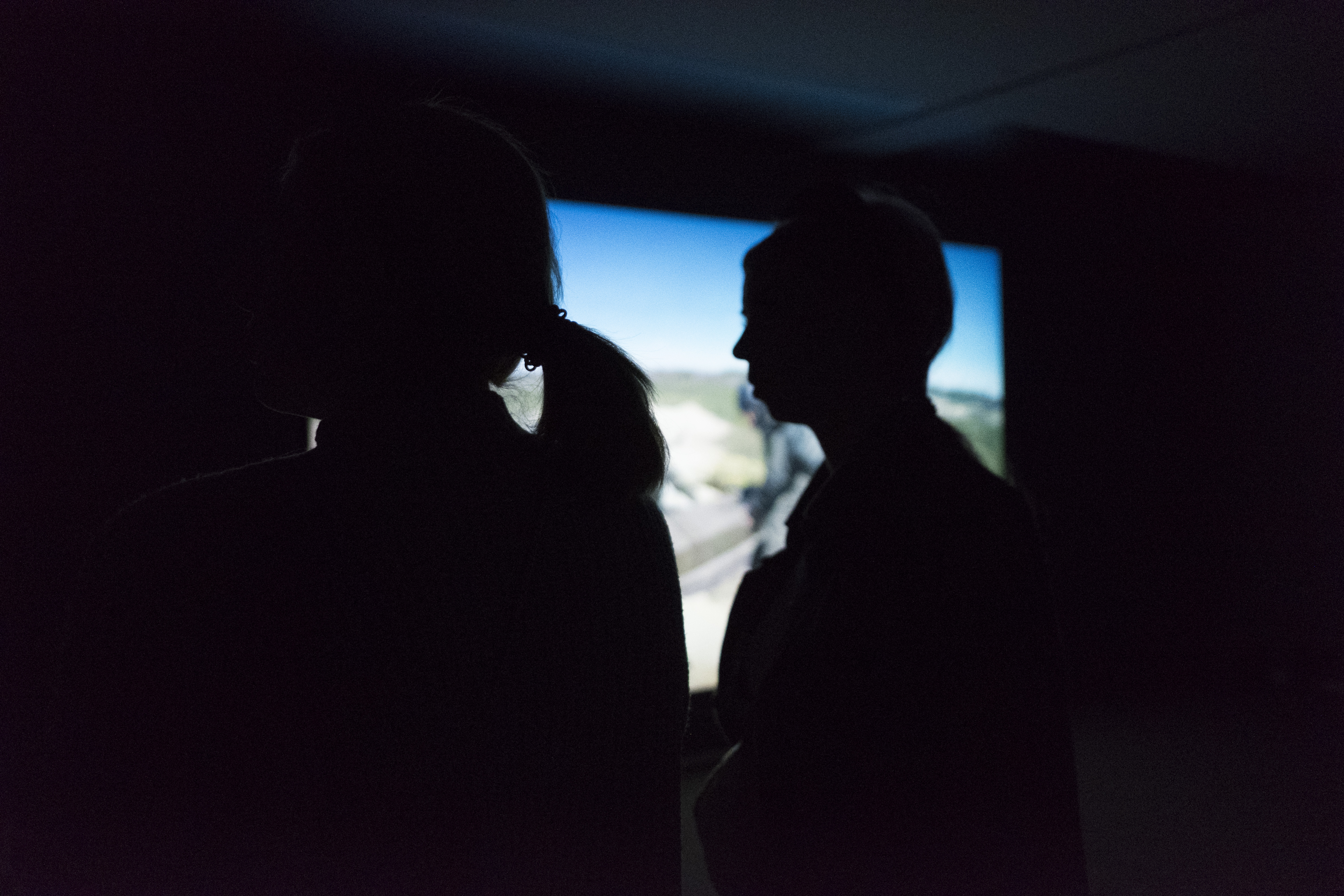
Ponivecheno
Duration: 103 min
The film is dedicated to the place and specificities of the situation of the subject in a space of representation of the Ukrainian military structures.
It is based on found footage, researched and archived by artist from such sources as digital channels of Ukrainian press centers for militarized structures; official secret services channels; the General Staff, the National Guard, the Ministry of Defence TV and radio studios; local field divisions; Joint Forces Operation; state and commercial TV channels; volunteers resources; personal pages of Ukrainian army officers and soldiers.
The industrial drama, revealed through the 10-second fragments, goes in two directions — the rhythm and the age. The inner stillness of an externally dynamic image allows us to explore the structure of the military machine, which literally captures the subject, cashing the political stakes of representation onto the fabric of population. The image produces connections that refer to the values, respect, choice, and structure the relationships between the figures, stringed on visuality in the context of social justification of the militarization as a necessity measure.
A digital space formed by the sources becomes a network of relationships between images, the intersection of semantically inscribed content, uncovered inter alia by the means of a narrative. A multi-faceted scan of virtualities establishes a peculiar order of relationships, a social frame, at the same time creating a phenomenon of a so-called protected space, where not only the representation of safety authorities takes place (and therefore being a guarantor of the rule of law), but also the absence of some topics, such as violence conditions, lethal injuries, wounds, tortures, and other consequences of the individual character, is being ensured.
Each situation of representation brings up a problem of a direct speech and its resources, edit and technical realization, its broadcasting and modes of production of the social constructs — both in language and the dynamic visual clots. These allows to pose the question about the non/artistic character of the material, ways for its interpretation, in particular addressing the participants of the unified temporal schemes of the selective informing — who speaks through the infrastructure of the bodies, through the planes of represented, exhausted paradigm? At the end of the day it’s still an edited video product and therefore a message in time, in where any visual testimony is a weapon.